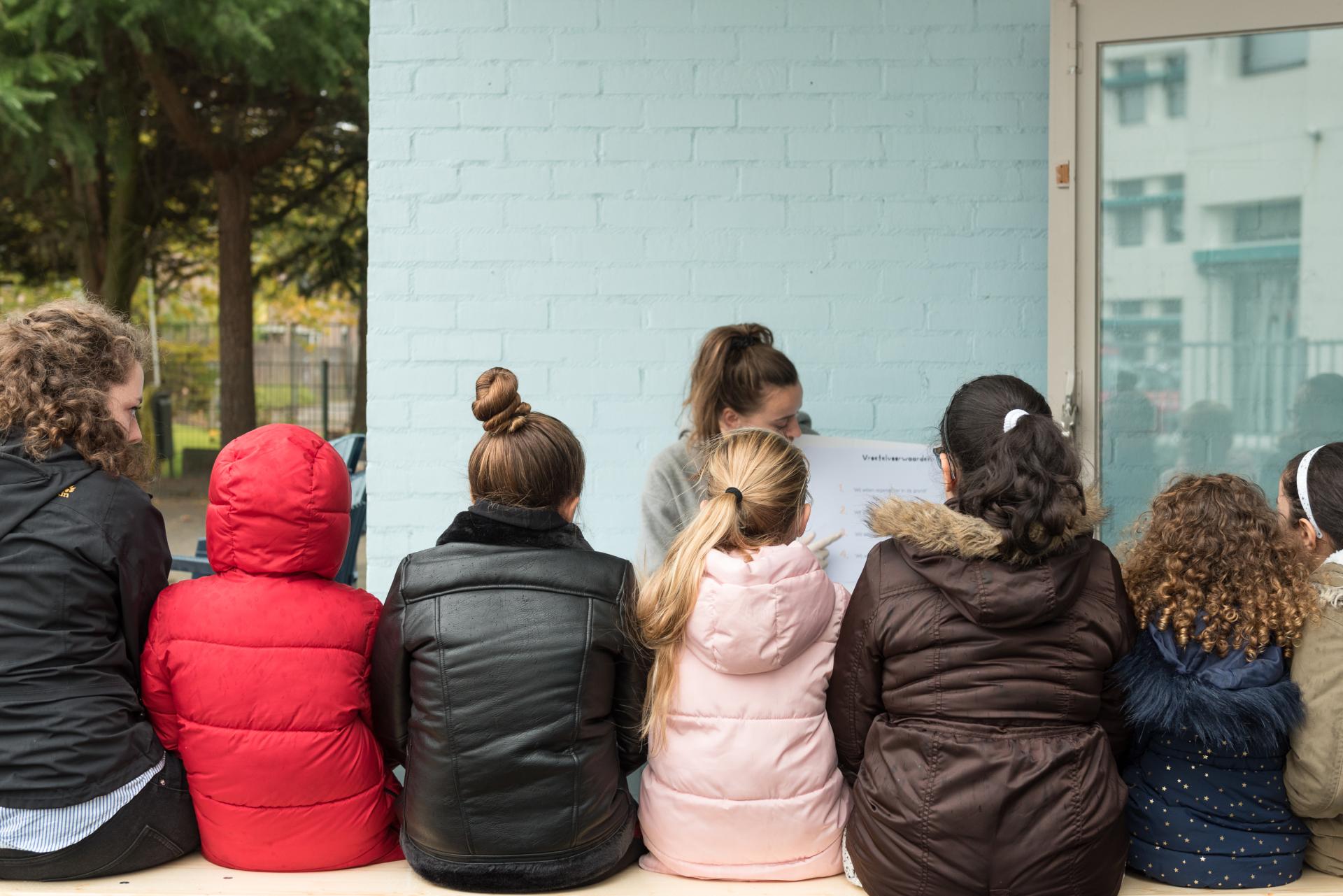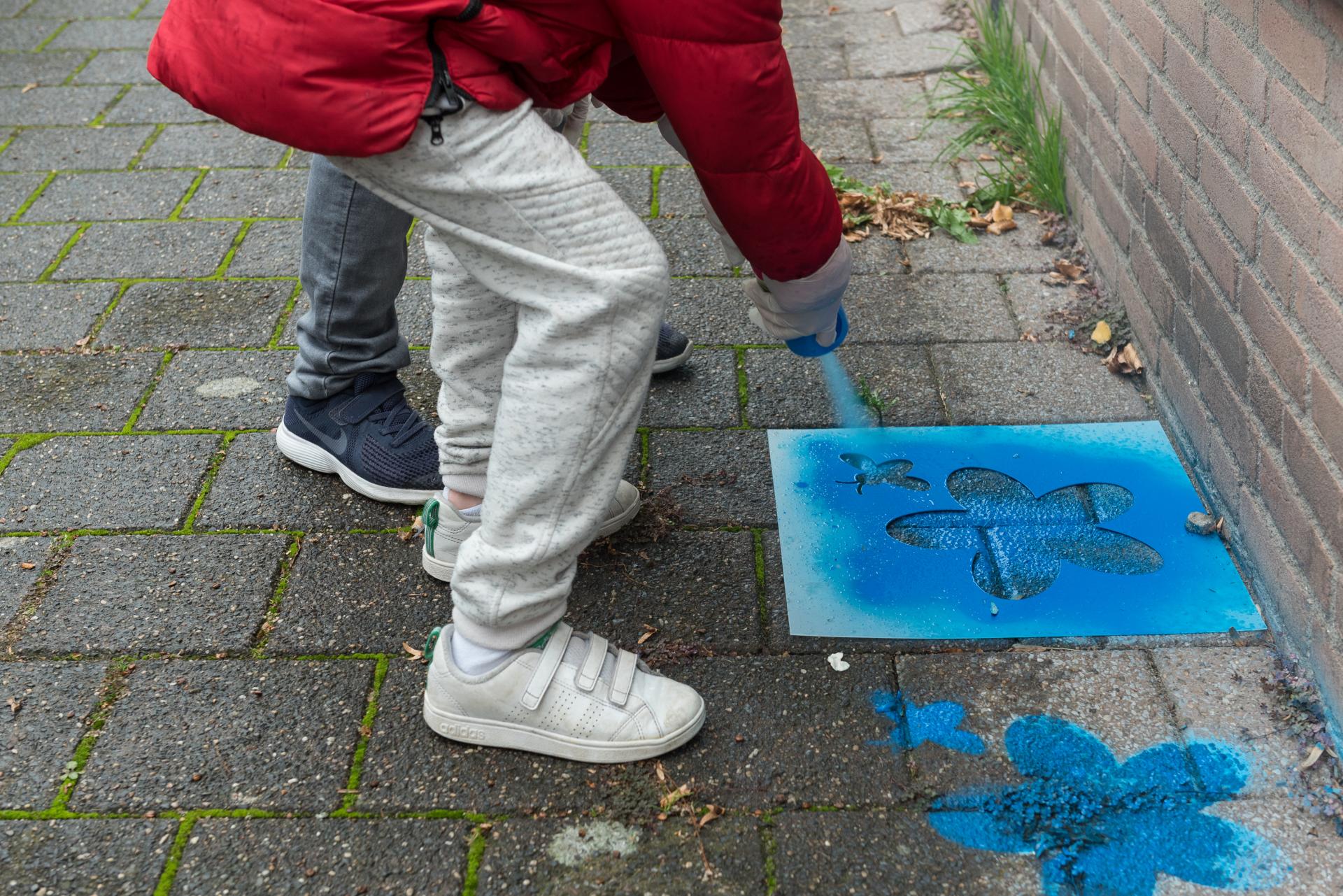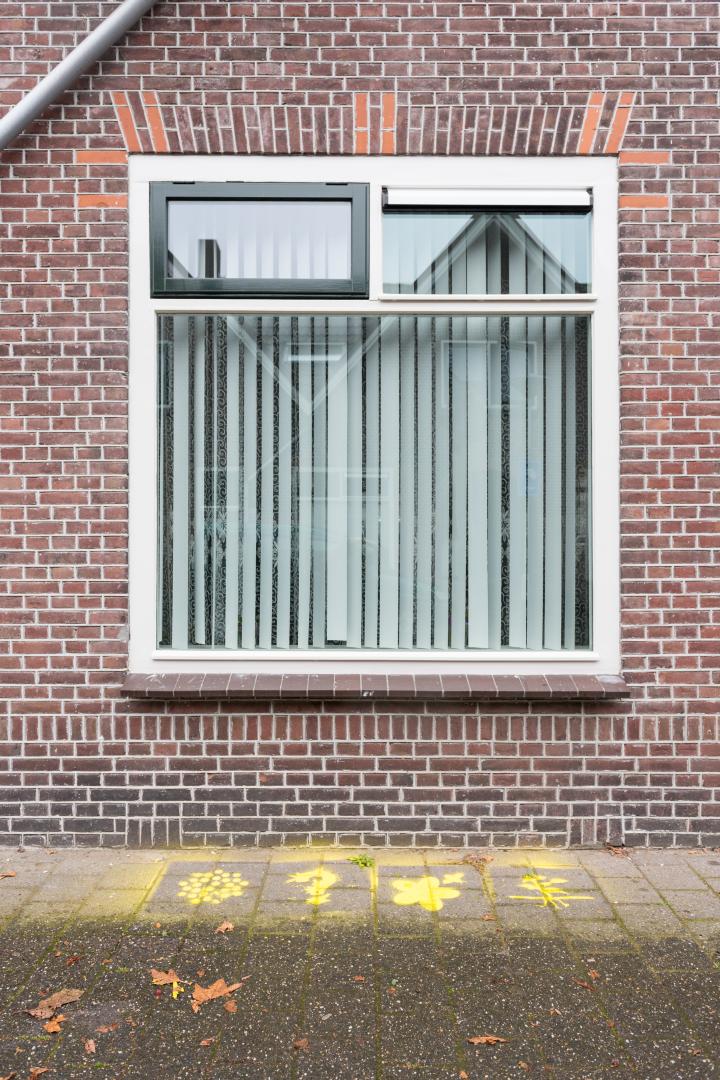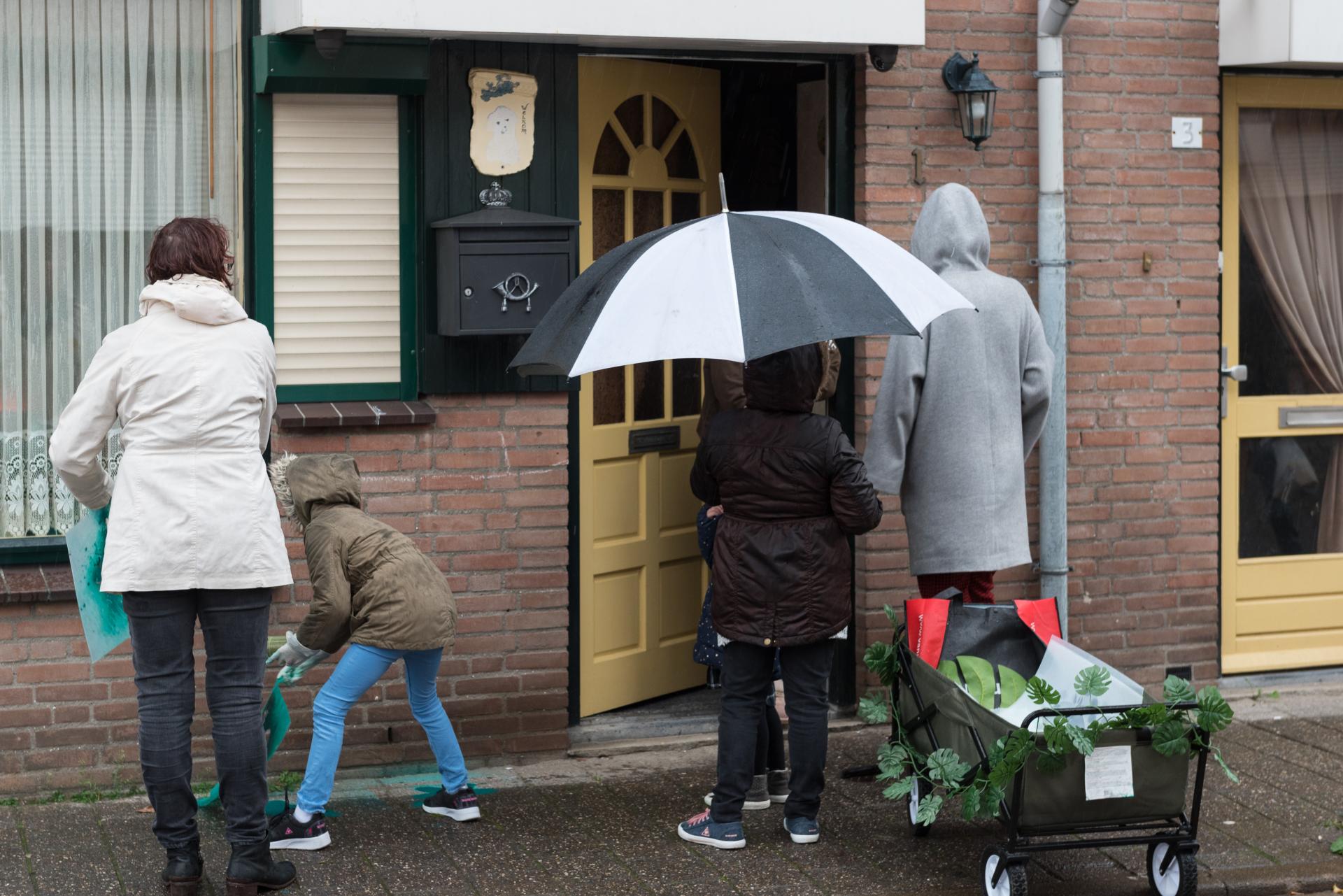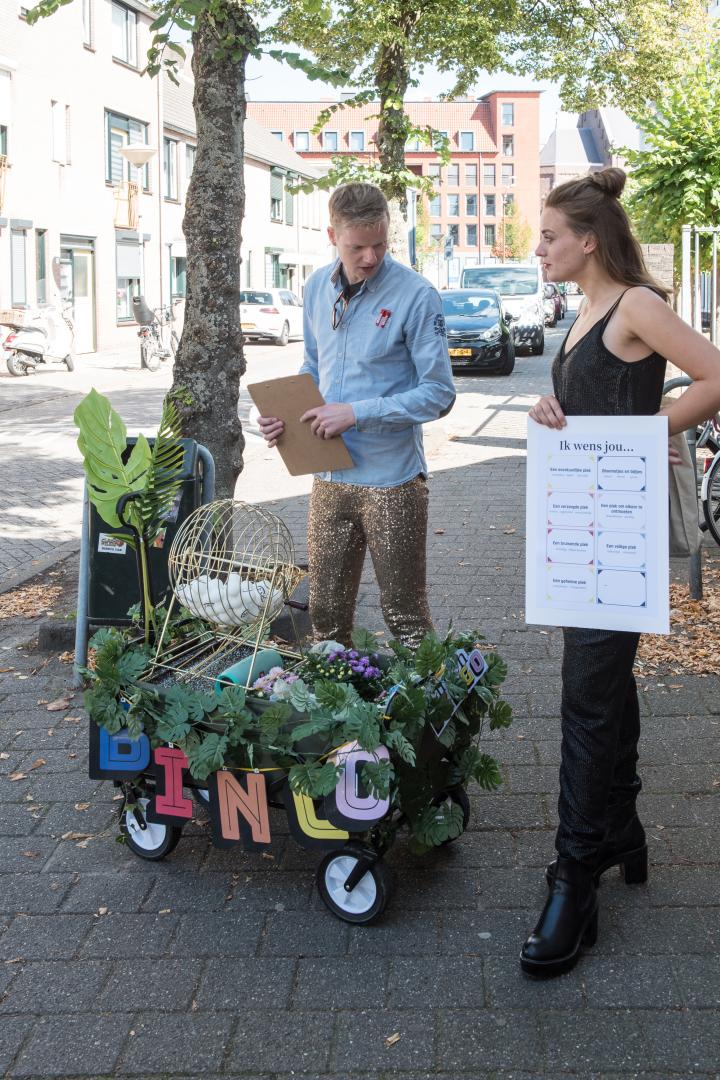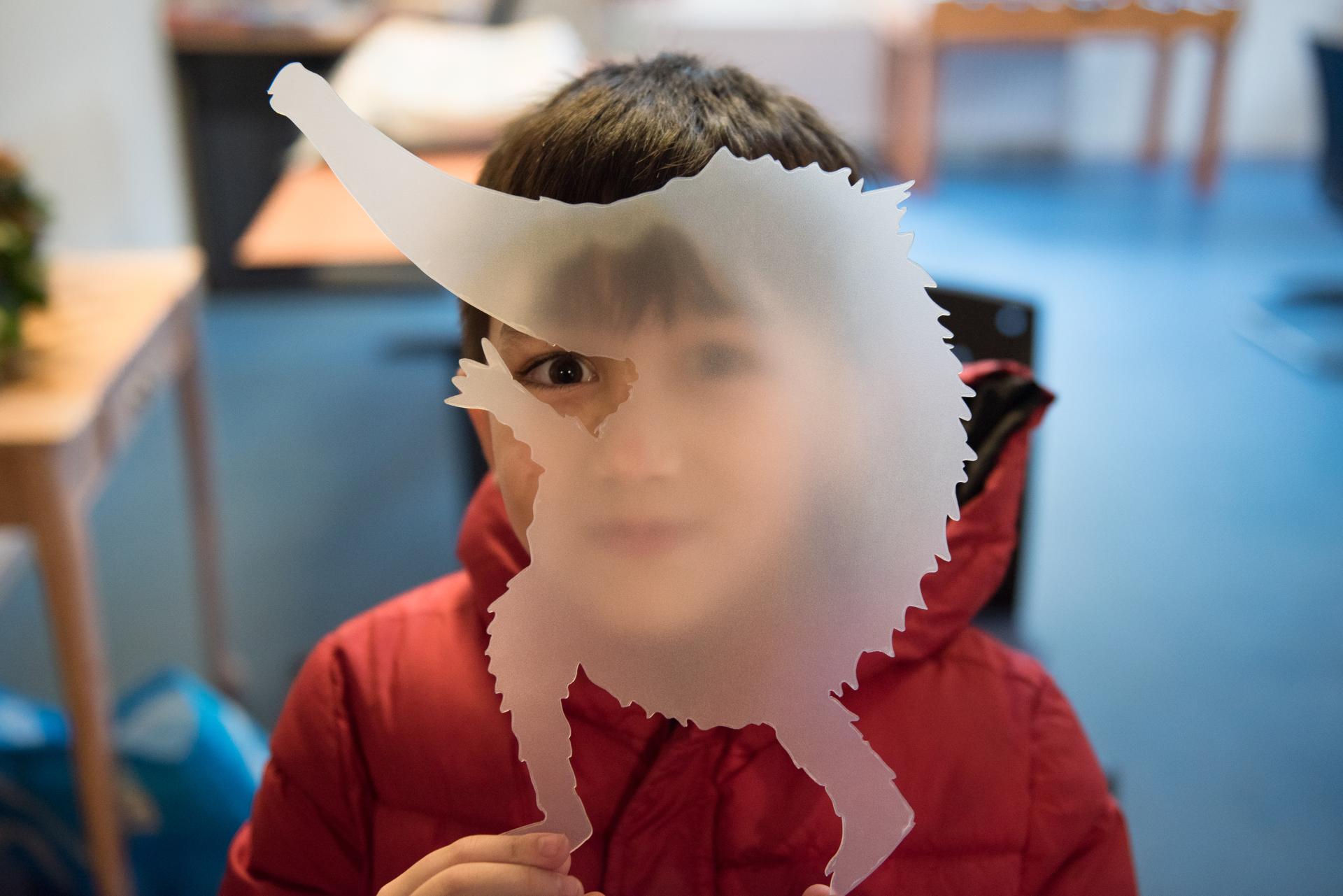The Grubbers for green neighbourhoods
Basic information
Project Title
Full project title
Category
Project Description
Below our feet - among insects and the sewer - is the world of the Grubbers. These fantasy creatures are the size of your finger, curious and ensure a healthy soil. Nobody has ever seen them, as they cannot stand daylight. But if you do... They have an elongated nose for digging and smelling danger.
This story serves as footprint for climate-proof neighbourhoods driven by the hope and determination of children.
Project Region
EU Programme or fund
Description of the project
Summary
Climate change affects our planet and our people. European citizens need to deal with extreme weather: heavy rainfall or periods of drought. To change the tide, we need to take adaptive measures. Often, residents do not feel the need to do something, because climate change does not seem urgent and beyond their control. How can we help municipalities to activate citizens to change their urban space?
Below our feet - among insects and the sewers - is the world of the Grubbers. These fantasy creatures are size of your finger, curious and ensure a healthy soil. Nobody has ever seen them, as they cannot stand daylight. But if you do... They have an elongated nose for digging and smelling danger.
This story serves as footprint for climate-proof neighbourhoods driven by the hope and determination of children.
The story 'the Grubbers' was developed as a tool for municipalities to make climate adaptation tangible and understandable for everyone. And to take concrete steps to realize change. The Grubbers come to life in petrified neighbourhoods, where their protest is most needed. The serie of five storytelling adventures takes children along. From smelling danger, helping with investigating the soil, and standing by in protest, they grub the soil themselves with the help of their neighbours. Children support the Grubbers by harmless neighbourhood graffiti protest on behalf of the Grubbers, indicating all over the neighbourhood where change can take place. The story with hands-on group activities full of educational elements, creates awareness about the function of the soil and provides inspiration and practical tools to adapt urban areas for extreme weather conditions.
Key objectives for sustainability
The project goal was to explore how we can stimulate citizens take climate adaptive measures as community to improve the urban area. We invited experts from the municipality, housing corporations and community workers to the table to discuss the succes factors for involvement in various projects. What touches these citizens and moves them to change? We learned children are the heart of the neighbourhood.
Because climate change is too broad, too abstract and appears to be far in the future for the members of this neighbourhood, the challenge laid in translating the issue to the here and now. These members were too worried about today to be able to think about tomorrow. Our objective was to make sustainability something concrete, that the neighbourhood cared about based on their own intrinsic drives and motivation. We aimed to make it a topic that was relevant to the citizens right here, right now.
The local knowledge, perception and involvement of residents, was directional for the measures to be tested within this intervention. By mapping the desires and initiatives of residents and entrepreneurs in a visual and inspiring way, and focussing on the quality of the soil directly under the citizens' feet, as well as involving the children of the neighbourhood, we showed that climate adaptation was manageable and tangible today.
It became a topic of discussion, because the story of the Grubbers appealed to the imagination of the citizens. The children, enamoured by the story, encouraged residents to take action. Eventually, through a creative and harmless graffiti activity, the citizens 'protested' on behalf of the Grubbers and demanded the municipality to create the opportunity for more green in their neighbourhood.
Key objectives for aesthetics and quality
The project goal was to explore how we can stimulate citizens to take climate adaptive measures as community to improve the urban area. In order to do so, we ensured the story and the activities fit the needs and experiences of young citizens; it was fun and easy. It appealed to their experience world, and belonged to them. We also aimed for the project to be visually appealing and fun, so it would spark curiosity and motivation from both neighbourhood residents as well as potential officials to develop an interest in making the neighbourhood a greener, more sustainable place to live in.
We made use of recognisable elements from the community centre such as the local 'bingo mill', which we used to poll what kind of neighbourhood the residents would want. Based on the insights we got through that activity, we created the story of the Grubbers. With a set of drawings of the Grubbers, we set out to tell the story. We used immersive storytelling to take children and other residents with us in the Grubber fantasy. Then, once the children were motivated to protest for the right of the Grubbers to have a safe place to live under the ground, we used chalk paint to graffiti outlines of Grubbers on the sidewalk. Wherever there was an outline on the floor or sticker at the door, that's where the citizens demanded more green. This way, wishes were made concrete and tangible.
By doing little experiments such as soil research, caring and working for the environment was made accessible and fun. The experience was not influenced by complicated meetings, rules or regulation. This way, everyone felt glad to be involved.
Key objectives for inclusion
The project took place in an urban area where people live in poverty. The crime rates are relatively high, while socio-economic status is low. The residents of this neighbourhood did not feel compelled to talk to each other or the municipality, as trust in others and the government is low. Because there is so much to worry about today, many residents do not have the mental bandwidth to philosophise about things to come. They cleaned their streets with bleach, and did not feel too in touch with nature. They disliked grassy areas because that would encourage dogs to poo. Our aim was to organise this group of people to proclaim their rights and wants for a healthy green neighbourhood and a child-proof future.
Often, local government and housing corporations are held responsible for the living conditions in such areas and citizens are not encouraged to feel responsibility and take action. But these people are not just residents - they are citizens. They have the right to demand a conversation with the municipality and officials. By appreciating the story and input of these citizens, we gave them agency and a platform to bring their ideas to the next level. By co-creating a solution together with the residents, we put the power into their hands, to create the neighbourhood that they wanted and to make any changes in the future themselves.
Results in relation to category
The results we achieved in our project are twofold. Firstly, by involving the residents' children we achieved an immense response from the residents and had a big group of citizens that was actively involved in our plan and thus, with sustainability and climate change. Our result of starting an accessible and tangible conversation about climate change had started. Secondly, we made impact by protesting for the Grubbers. In their protest, children made the citizens' needs visual on the sidewalk with chalk. Whenever government officials would be walking through the area, they could see where citizens desire facade gardens, plants and trees. As result of this project, citizens started asking for a facade garden at their municipality.
So not only did we obtain our goal in creating an ongoing conversation about sustainability in a group of citizens who did not feel the topic mattered to them, we also created tangible change. The residents felt empowered and took agency by requesting changes in their neighbourhoods.
How Citizens benefit
The citizens have been involved in our project from start to finish. We have co-created the entire process together with citizens. Without them, we would not have had a project at all. We started by gathering interest and bystanders in the neighbourhoods with the bingo mill. This way, we explored who was open to a greener neighbourhood. Are they interested in more green? Are they interested in a sustainable future? Are they interested in how their neighbours are doing? Or do they just like interesting interactive games like a Grubbers protest?
After making this inventory, we created the story of the Grubbers. We started telling the story to the children and activated them to go into the neighbourhood and tell their parents, neighbours and friends about the Grubbers. Because they are both the heart of the neighbourhood and most affected by climate change, it was crucial to have them at the very core of this process.
After the story of the Grubbers was out in the world, we created a real-life blueprint for more green in the neighbourhood. This was done by the children and adults, who protested for the Grubbers' right to live in healthy soil. Because of their involvement, it was clear to officials where the citizens wanted more green.
Lastly, there are now ambassadors for the Grubbers in the municipality of the Dutch city of Breda. By involving a relatively small neighbourhood, the Grubbers and their story are now spreading throughout the Netherlands, because citizens are intrinsically motivated to create a better life for the Grubbers.
Innovative character
The Grubbers are innovative, because we use narrative and storytelling to come to concrete results. We take citizens with us in a fantasy, to cultivate real-life changes. Instead of telling them what to do, we are co-creating a neighbourhood that they want to live in themselves. The evolution of the neighbourhood is not framed by rules and regulations, but instead stems from a creative proces that is accessible to all inhabitants. By making the process fun and as easy as possible, the citizens are enthusiastic about changing their environment, instead of hesitant. But most of all, the Grubbers enable the citizens to imagine the future effects of their actions today, and take actions now.
The Grubbers are also innovative because we made the wishes of the neighbourhood known in a creative yet concrete way by using crayon, graffiti and stickers at the door. It indicates where change is easily accepted and which citizens are eager to cooperate, through the stickers on their doors. The citizens have been involved with the Grubbers from start to finish. Even after we leave and the Grubbers live their lives in solitude below the sidewalk again, there is a tangible reminder of the effect that the residents have on the soil and sustainability.

